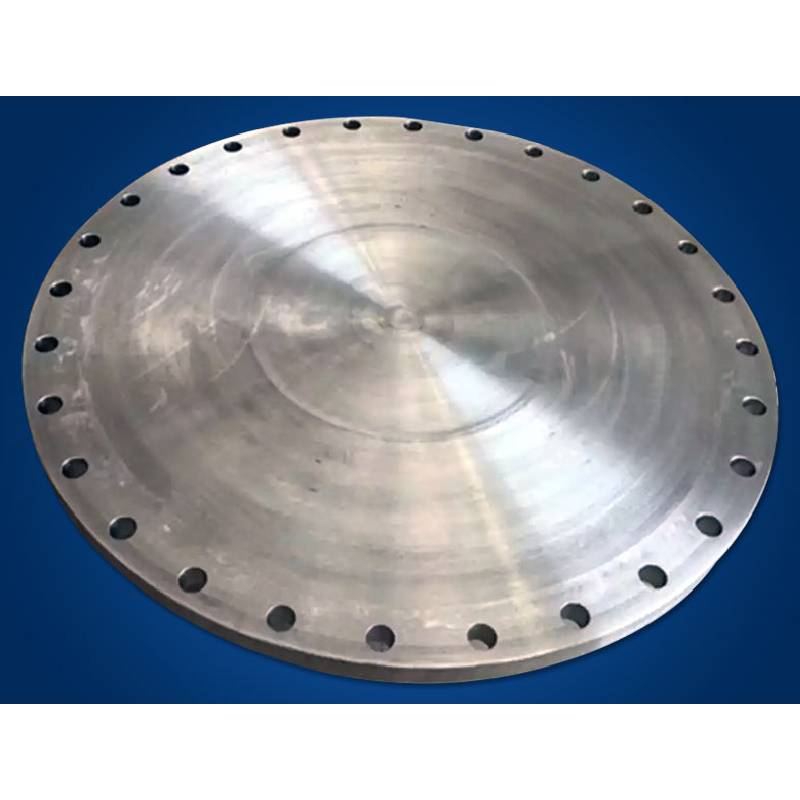-
Cangzhou Yulong Steel Co., Ltd.
-
Phone:
+86 13303177267 -
Email:
admin@ylsteelfittings.com
- English
- Arabic
- Italian
- Spanish
- Portuguese
- German
- kazakh
- Persian
- Greek
- French
- Russian
- Polish
- Thai
- Indonesian
- Vietnamese
- Zulu
- Korean
- Uzbek
- Hindi
- Serbian
- Malay
- Ukrainian
- Gujarati
- Haitian Creole
- hausa
- hawaiian
- Hebrew
- Miao
- Hungarian
- Icelandic
- igbo
- irish
- Japanese
- Javanese
- Kannada
- Khmer
- Rwandese
- Afrikaans
- Albanian
- Amharic
- Armenian
- Azerbaijani
- Basque
- Belarusian
- Bengali
- Bosnian
- Bulgarian
- Catalan
- Cebuano
- China
- China (Taiwan)
- Corsican
- Croatian
- Czech
- Danish
- Esperanto
- Estonian
- Finnish
- Frisian
- Galician
- Georgian
- Kurdish
- Kyrgyz
- Lao
- Latin
- Latvian
- Lithuanian
- Luxembourgish
- Macedonian
- Malgashi
- Malayalam
- Maltese
- Maori
- Marathi
- Mongolian
- Myanmar
- Nepali
- Norwegian
- Norwegian
- Occitan
- Pashto
- Dutch
- Punjabi
- Romanian
- Samoan
- Scottish Gaelic
- Sesotho
- Shona
- Sindhi
- Sinhala
- Slovak
- Slovenian
- Somali
- Sundanese
- Swahili
- Swedish
- Tagalog
- Tajik
- Tamil
- Tatar
- Telugu
- Turkish
- Turkmen
- Urdu
- Uighur
- Welsh
- Bantu
- Yiddish
- Yoruba

Xul . 27, 2024 01:44 Back to list
Exploring the Benefits and Applications of Centrifugal Seals in Industrial Machinery Systems
Understanding the Centrifugal Seal A Key Component in Fluid Dynamics
In the realm of fluid dynamics and engineering, the centrifugal seal plays a critical role in the efficient operation of various machinery and equipment. This essential component serves as a barrier to prevent the unintended leakage of fluids, which is particularly important in systems that operate under high pressures and velocities. By examining the principles, applications, and benefits of centrifugal seals, one can appreciate their significance in modern technology.
At its core, a centrifugal seal operates on the principle of centrifugal force. When fluids are subjected to rotation or rapid movement, centrifugal force acts on them, pushing them outward. This effect can be harnessed in sealing applications to create a barrier that minimizes leakage. Centrifugal seals are typically employed in rotating equipment such as pumps, turbines, and compressors, where maintaining a tight seal is crucial for efficiency and performance.
One of the primary advantages of centrifugal seals is their ability to handle a wide range of fluids, including corrosive, volatile, and viscous materials
. This versatility makes them suitable for various industries, such as chemical processing, oil and gas, and water treatment. In chemical processing plants, for instance, centrifugal seals help prevent the escape of hazardous chemicals into the environment, promoting safety and compliance with regulatory standards.Centrifugal seals can be categorized into two main types contact seals and non-contact seals. Contact seals involve physical contact between the sealing surfaces, which can provide a more robust barrier but may also lead to wear over time. Non-contact seals, on the other hand, leverage the geometry and motion of the sealing mechanism to create an effective barrier without direct contact, thus reducing wear and maintenance requirements.
centrifugal seal

The design of centrifugal seals often incorporates various materials that enhance their performance and longevity. Common materials include elastomers, plastics, and metal alloys, each selected based on the specific application and the nature of the fluid being handled. For example, seals exposed to high temperatures may utilize high-performance polymers or ceramics to resist thermal degradation.
Furthermore, advancements in technology have led to the development of innovative centrifugal seal designs. For example, some modern seals feature improved geometry and surface treatments that optimize flow dynamics and reduce friction. These enhancements not only increase the seal's effectiveness but also contribute to energy efficiency by minimizing the power required to maintain operation.
In recent years, there has been an increasing focus on sustainability and reducing environmental impact. Centrifugal seals play a critical role in achieving these goals by preventing leaks, thereby minimizing the risk of environmental contamination. By ensuring that systems operate efficiently and reducing the need for frequent maintenance, companies can also lower their operational costs and decrease their carbon footprint.
In conclusion, centrifugal seals are a vital component in the field of fluid dynamics, providing essential functions in preventing leaks and ensuring the efficient operation of machinery. Their ability to handle a variety of fluids, coupled with ongoing advancements in design and materials, solidify their importance across multiple industries. As technology continues to evolve and the demand for reliable sealing solutions grows, centrifugal seals will undoubtedly remain at the forefront of engineering innovation, contributing to safer and more efficient systems worldwide.
Latest news
-
ANSI 150P SS304 SO FLANGE
NewsFeb.14,2025
-
ASTM A333GR6 STEEL PIPE
NewsJan.20,2025
-
ANSI B16.5 WELDING NECK FLANGE
NewsJan.15,2026
-
ANSI B16.5 SLIP-ON FLANGE
NewsApr.19,2024
-
SABS 1123 FLANGE
NewsJan.15,2025
-
DIN86044 PLATE FLANGE
NewsApr.19,2024
-
DIN2527 BLIND FLANGE
NewsApr.12,2024
-
JIS B2311 Butt-Welding Fittings LR/SR 45°/90° /180°Seamless/Weld
NewsApr.23,2024











